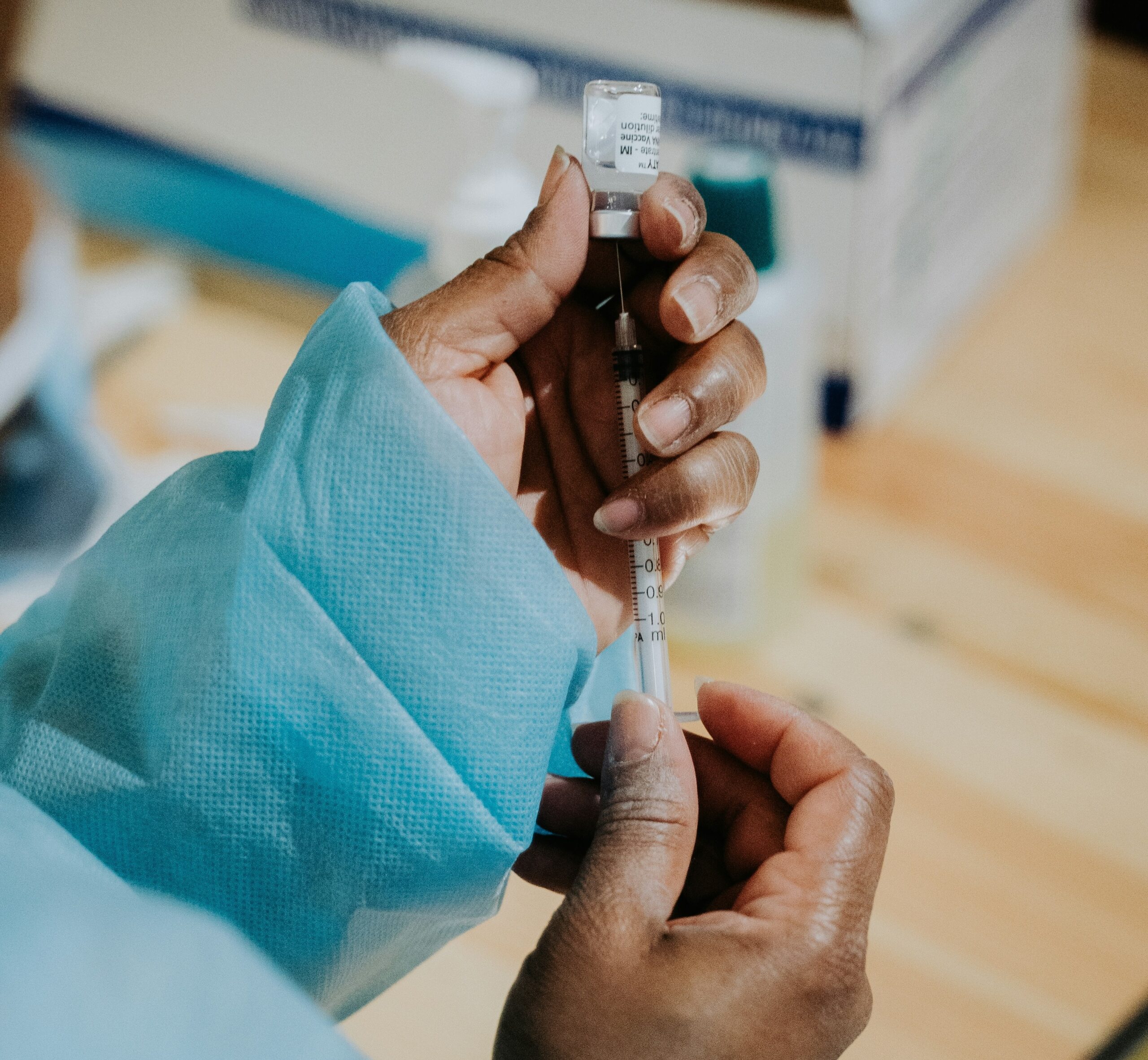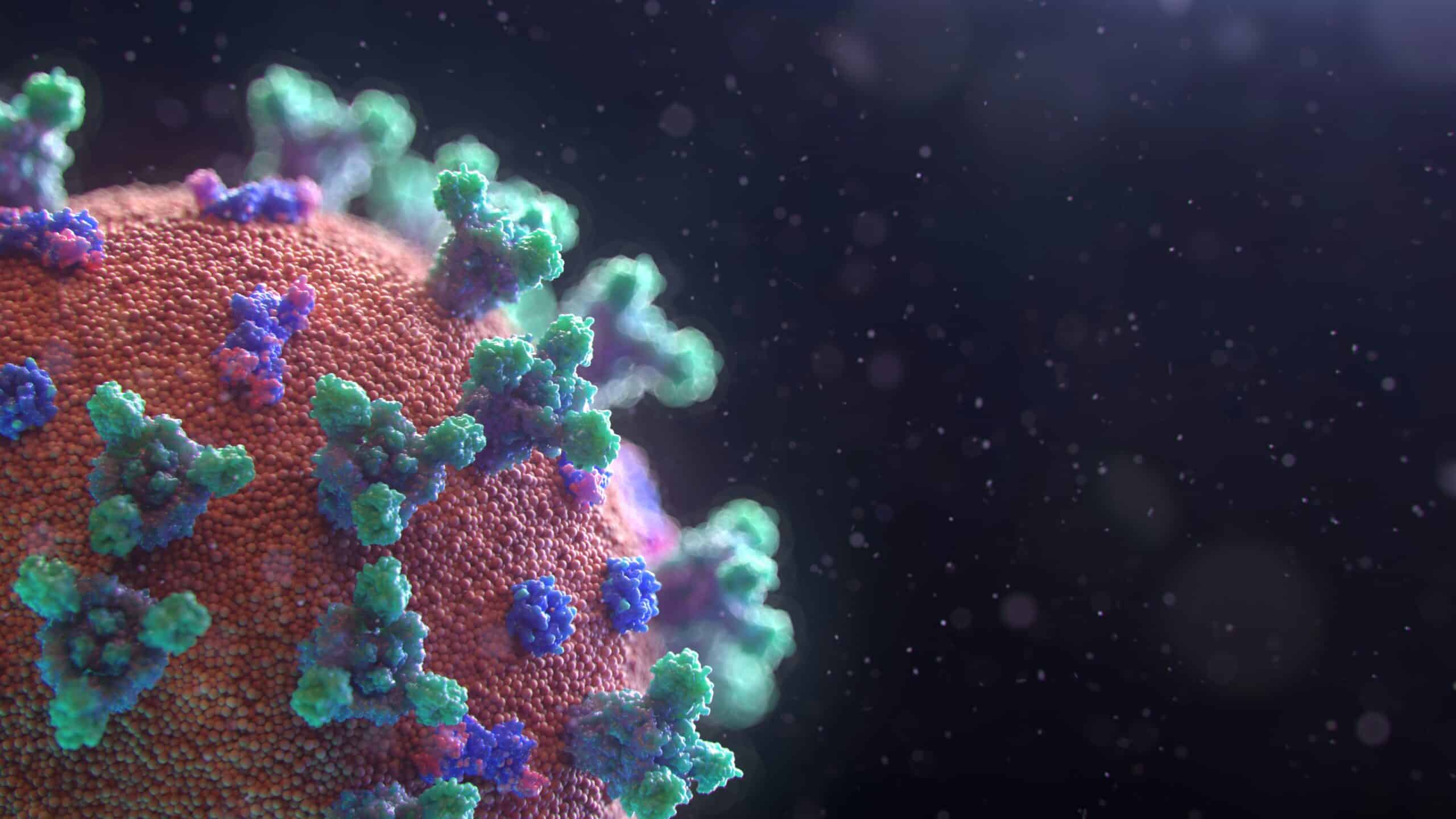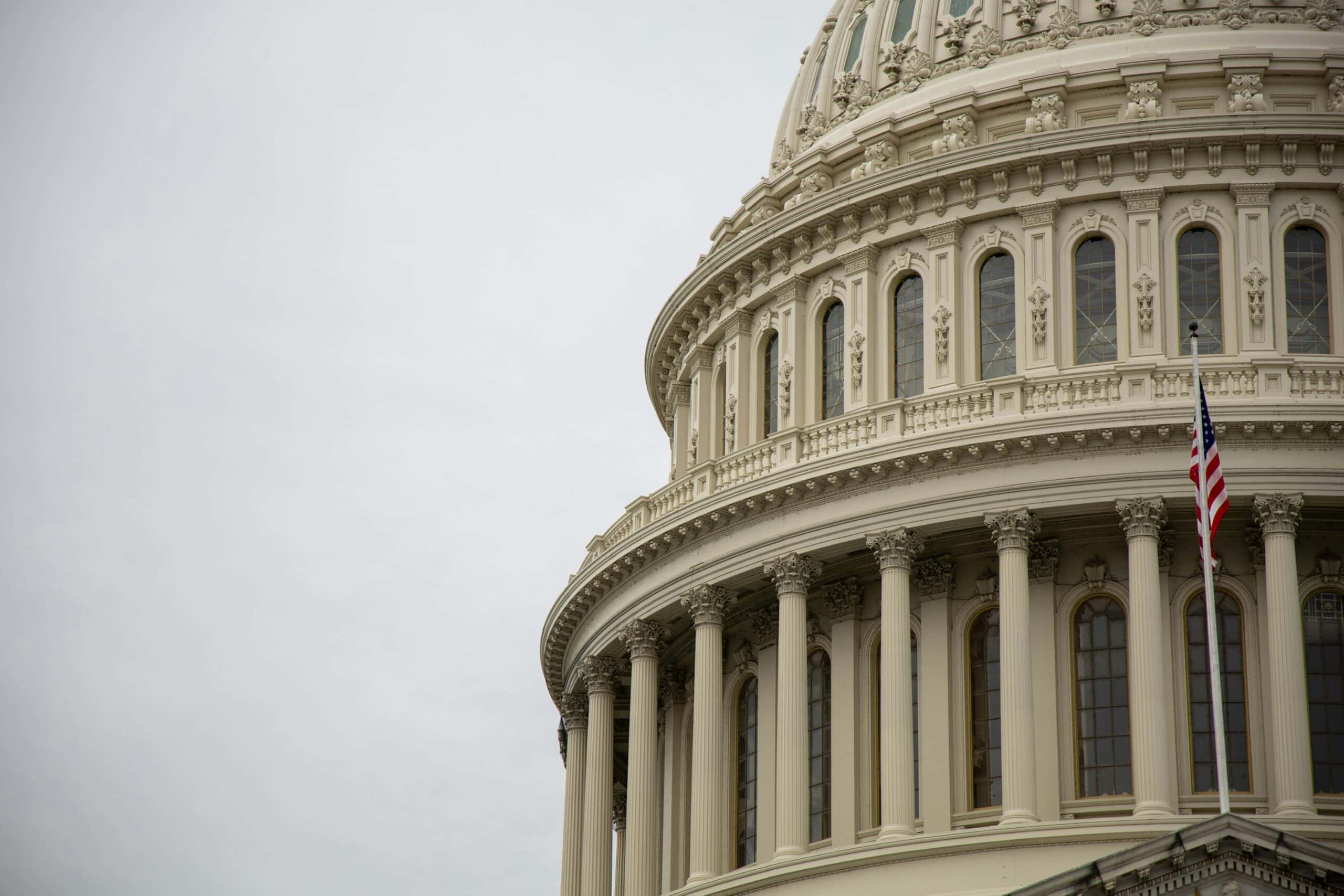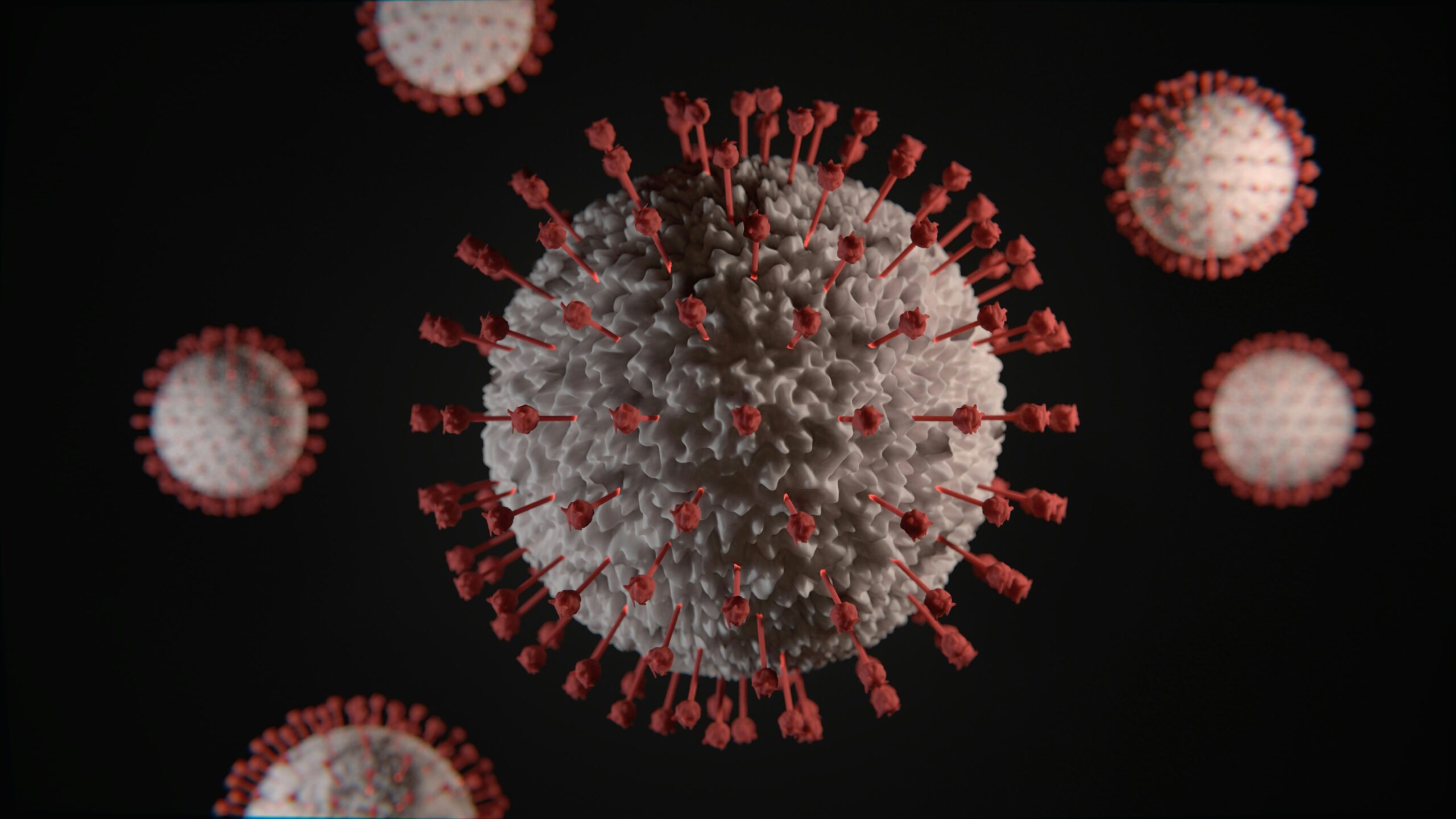
Vaccine Survey
About the Survey A broader survey investigated scientists’ views on the rise of vaccine hesitancy in the US. This survey included a dedicated section exploring how science and risk communication can influence those trends. Additionally, scientists were asked about vaccine controversy, trust in science, perceived causes of hesitancy, preferred policy approaches, and their own ethical […]
Survey Overview and Demographics
General Overview
Study Date: 02.06.22–08.07.22
Geographic Coverage: United States
Expertise:
- 65.24% Biology
- 29.87% Civil and Environmental Engineering
- 4.87% Biochemistry
Response Overview
Sample Size: 831
Valid Responses: 316
Response Rate: 38
Date initial findings posted: 06.28.23
Most recent update: 06.28.23
Days survey in field: 28
Average response time: 10.1
Survey Demographics
Respondent Demographics:
- 39.8% Female
- 60.2% Male
- 100% Academic
- 0% Industry
Language(s): English
About the Survey
A broader survey investigated scientists’ views on the rise of vaccine hesitancy in the US. This survey included a dedicated section exploring how science and risk communication can influence those trends. Additionally, scientists were asked about vaccine controversy, trust in science, perceived causes of hesitancy, preferred policy approaches, and their own ethical and communication roles.
Survey Sections

Survey Section 01
Scientists’ Views on Reasons for Declining Vaccination Rates and Public Confusion
In this survey, we asked scientists various questions on vaccine controversy, trust in science, causes of vaccine hesitancy, preferred policy and regulatory approaches, risk perceptions, and scientists’ ethics and perceived communication roles.

Survey Section 02
Role of Science and Risk Communication on Vaccine Hesitancy
This section of the survey looks at the role science and risk communication plays in increasing or decreasing vaccine hesitancy. In the broader survey, we asked scientists a variety of questions about their views on why vaccine hesitancy has increased in the US population.

Survey Section 03
Scientists’ View on Vaccination Policies
This section of the survey asked scientists about their views on policy decisions to reduce vaccine hesitancy. In the broader survey, we asked scientists a variety of questions about their views on why vaccine hesitancy has increased in the US population.
Survey Description
This national survey on academic scientists in the US was conducted by the Center for Science, Technology and Environmental Policy Studies (CSTEPS) at Arizona State University. The survey was approved by Institutional Review Boards at Arizona State University.
The sample for this survey was selected from our SciOPS panel. The SciOPS panel is recruited from a random sample of PhD-level faculty in four fields of science. Contact information of faculty in the fields of biology was collected from randomly selected Carnegie-designated Research Extensive and Intensive (R1) universities in the United States (US). Contact information of faculty in the field of public health was collected from all CEPH accredited public health schools. The full sample frame for recruiting the SciOPS panel includes contact information for 9649 biology and public health faculty. 831 eligible biology and public health faculty consented to become SciOPS panel members, representing AAPOR recruitment rate (RECR) was 8.8%.
This national survey obtained a total of 316 usable responses, representing an individual survey completion rate of 38% and an AAPOR Cumulative Response Rate (CUMRR) of 3.3%.
Sample weighting and precision
The sample of respondents for this survey was weighted by the inverse of selection probabilities and post-stratified probabilities by gender, academic field and academic rank to represent the full sample frame for recruiting SciOPS panel members as closely as possible. A conservative measure of sampling error for questions answered by the sample of respondents is plus or minus 5 percentage points.


